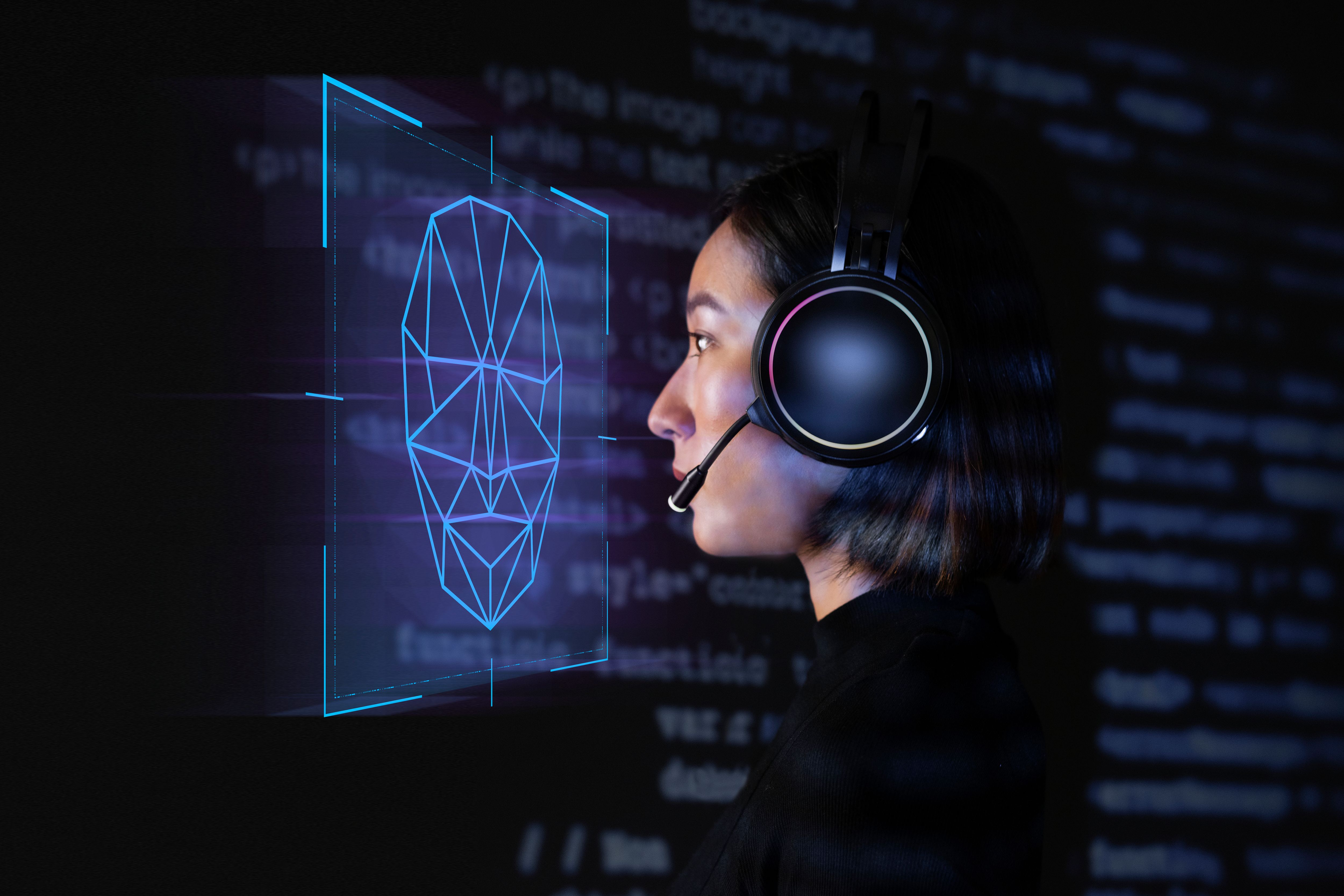Face Recognition in CKYC: A Smarter Way to Prevent Fraud and Duplicates

You have submitted your documents to open a bank account, and the executive informs you that the system already has your information saved. But you never had an account there before. What's worse? Someone used your ID to open an account pretending to be you. In some cases, your details might even be duplicated across banks without your knowledge. These kinds of issues are highly risky. To solve this, banks in India are now using a smart solution: Face Recognition in the CKYC process.
Let’s explore what CKYC is, how face recognition fits in, and how it helps banks.
What is CKYC?
CKYC or Central KYC is a centralized repository system introduced by the Government of India to simplify and standardize the KYC (Know Your Customer) process across financial institutions. It was launched by the Central Registry of Securitisation Asset Reconstruction and Security Interest of India (CERSAI) to streamline customer identification and verification procedures for banks, mutual funds, insurance companies, and other financial entities.
Under CKYC, you are required to undergo the KYC process just once, regardless of the number of financial institutions you engage with. Once the process is done, CKYC assigns you a unique 14-digit KYC identifier. This number holds your KYC details extracted from the documents you submitted.
With CKYC, you can carry out financial transactions without submitting a hefty set of documents.
What is Face Recognition in CKYC?
When you go through face recognition in CKYC, the system verifies your identity using your facial features. Here is how it works:
- After you upload your identity proof and other required documents, the system will ask you to take a live selfie using your phone or computer camera.
- The live photo you submitted during onboarding is matched with the photo fetched from the CKYC repository. It also matches the live photo with the photo on the Officially Valid Documents (OVDs) such as Aadhaar, PAN, Passport, etc., submitted as part of the KYC process.
- Liveness detection is also used to verify that a real person is in front of the camera rather than a photo or video.
- Once CKYC for face match is verified, your face data is matched securely and stored only for authentication.
How Banks Use Face Recognition in CKYC to Avoid Duplicate IDs
Here is how face recognition avoids duplicate CKYC IDs:
- If a person tries to open multiple accounts with different details, face recognition can flag the matching facial biometrics, even when other personal data differs. This way, banks identify and prevent the creation of multiple KYC profiles for the same individual.
- Banks track where and on what device the facial data was captured. If multiple KYC submissions with the same face come from diverse locations or devices in a short period, the system flags these as suspicious duplicates for further investigation.
- When the system finds a high similarity score between a new face and an existing record, it generates alerts for manual review. This ensures suspicious duplicates are thoroughly checked before any account is activated, reducing fraud risk.
- Besides face recognition, banks often combine fingerprint and iris scans with facial data in CKYC. This multi-layered biometric approach makes it nearly impossible for duplicates to pass unnoticed since all biometric traits must match.
Why the Face Recognition In CKYC Method Is Better Than Traditional Methods
Here is a quick comparison between the efficiency of face recognition KYC and traditional methods:
| Feature | Face Recognition KYC | Traditional KYC |
|---|---|---|
| Accuracy | Uses unique biometric data for identity verification, reducing errors and fraud risks. | Relies on manual document checks, prone to forgery, manipulation, and human error. |
| Quick Onboarding | Automates ID checks for an instant, seconds-fast validation, and onboarding. | Requires manual document submission, physical verification, and multiple communications, slowing onboarding. |
| Phygital Option | Combines digital convenience with physical touchpoints—initial verification can happen online, with in-branch support if needed. | Often requires full in-person visits and manual paper-based document submission. |
| Regulatory Compliance | Generates real-time logs and audit trails, simplifying compliance and monitoring. | Lacks detailed digital records, making audits cumbersome and error-prone. |
| Integration | Easily integrates with existing systems of banks and financial institutions (like online banking and apps), enabling seamless user experiences. | Struggles with digital adaptation due to reliance on physical processes. |
| Fraud Prevention | Advanced systems use liveness detection to distinguish real faces from photos/videos, preventing spoofing. | Accepts scanned/photocopied documents, which are vulnerable to misuse and fraud. |
Conclusion
Face recognition in CKYC Solutions plays a critical role in validating customer identities at two levels by matching the live photo with both the CKYC repository and the OVD documents submitted. This approach reduces the likelihood of document duplication and misuse. It also strengthens fraud detection, speeds up the onboarding process, and improves the overall security of banking Solutions services. As more banks adopt this advanced solution, customer verification becomes not only faster but also significantly more reliable.